Depending on where you are in the world, there are different ways wherein bare trusts are utilized. The basic mechanics, however, are the same: A bare trust is a legal arrangement where one entity, called the "trustee", holds assets, properties, or shares for the benefit of another entity, called the "beneficiary" (or a group of beneficiaries).
In the context of startup equity, a bare trust is commonly used such that a number of beneficiaries are grouped together in a single trust. The legal ownership of stocks is transferred to a single "trustee" whose main role is to hold and manage those stocks for its beneficiaries.
This article covers the bare essentials of a bare trust (could not resist that pun!). What is a bare trust, how does it works, and how to leverage this strategy for your startup—there’s much to discuss! Let’s begin!
What is a bare trust?
A bare trust refers to a legal arrangement where the legal ownership of shares or assets is held by a trustee on behalf of the beneficiaries. The trustee has the legal title to the assets, while the beneficiaries are the ultimate beneficial owners.
Let’s break that down:
- Trustee holds the shares as the legal owner of the trust
- Trustee manages the shares according to the trust’s terms
- Beneficiaries are often entitled to benefits and income from the shares
- Beneficiaries’ ownership is not publicly disclosed
Now picture it within your cap table or share registry. A bare trust groups a number of investors together into a single entry and counts them as a single shareholder under the name of an assigned trustee.

Using bare trusts to manage a growing cap table
At some point in your startup's life, your cap table begins to burst at the seams. As you raise more funds in exchange for equity, gain new investors, and have more employees exercise their options and become stockholders, your cap table and distribution becomes tricky to manage.
Now, a cap table is really just a visual representation of your startup’s growth. Your cap table is growing because your startup is growing. Think about it —if you’ve raised capital from family, friends, and/or angel investors, you may quickly gain 30+ stockholders.
Bare trusts are particularly useful in Australia where AU law caps private companies at 50 shareholders. Violating this limit can lead to compulsory conversion to a public company, which faces more stringent regulations. We’ll take a wild guess that you’re not ready to go public just yet so accidentally tipping this limit ain’t good. With bare trusts, you have more control over shareholder limits and efficiently manage your equity as your startup grows.
Know more about how to manage a growing cap table.
Benefits of setting up bare trusts
There are heaps of ways that startups can benefit from setting up bare trusts.
Equity management
Startup investments often involve multiple rounds of fundings, which means a growing number of stakeholders, advisors, employees, and external investors. Bare trusts provide a structured framework for managing and distributing equity among these stakeholders. The trustee ensures proper administration based on the rights and agreements outlined in the trust deed.
Flexibility and agility
Along with multiple funding rounds of funding, stock option pools, and changes in ownership, a bare trust can efficiently facilitate vesting and allocation of equity. The trustee can administer distribution of vested options, updating the company's equity records, ensuring investors are informed, among other things.
Using bare trusts can make it easier to get things done. For example, the trustee could sign resolutions on behalf of all beneficial holders. This agility can be very attractive to companies that have been getting bogged in admin.
Ease of transfer
Transferring ownership of startup investments held in a bare trust can be relatively straightforward. When a beneficiary wishes to sell or transfer their beneficial interest, the trustee can facilitate the necessary documentation and update the ownership records accordingly.
Simple and streamlined
Bare trusts are known for their simplicity. The roles and responsibilities of the trustee and beneficiary are clearly defined, providing a straightforward structure for investment management. Investors can have a clear understanding of their beneficial ownership and associated rights. By utilizing a bare trust, startup founders and stakeholders can streamline equity management, ensure proper administration, and provide flexibility for future ownership changes.
It's important to consult with legal professionals experienced in equity management and relevant regulations to ensure compliance.
How to set up a bare trust
Setting up a bare trust involves specific considerations tailored to the unique needs of the company. In general, the process involves the following steps:
1. Consult with professionals
Seek guidance from a lawyer experienced in startup investments and trust law. They can provide valuable insights on important matters such as:
- Drafting the trust deed. The trust deed is a legal document outlining the terms and conditions of the bare trust.
- Legal and regulatory requirements. This may include compliance with securities laws, corporate governance guidelines, and reporting obligations to relevant authorities.
- Determining the type of equity. You need to identify the startup assets to be held in the bare trust such as shares, options, or any other types of equity.
Cake’s legal partners can provide personalized guidance and ensure the optimal utilization of a bare trust structure in your startup investment endeavors. Feel free to reach out so we can connect you with our partner lawyers who are experienced in startup investments.
2. Identify the trustee and the beneficiaries
Determine the trustee—who will hold the legal ownership of startup assets; and the beneficiaries—who are the beneficial owners. Consider individuals or entities suitable for these roles, such as founders, key stakeholders, or specialized trust companies. Many companies will incorporate a new entity to act as the trustee.
List their names and details in a spreadsheet to start, you will need these once you start adding them into your cap table.
3. Update the cap table and share register
Reflect the bare trust arrangement in your startup's cap table and share register. Clearly indicate the trustee as the legal owner, while recording the beneficial ownership of shares or options by the beneficiary. Make sure details are properly encoded—names, roles, number of shares, type of trustee.
4. Manage transfers and changes in ownership
Implement a process for managing transfers and changes in ownership of startup equity held in the bare trust. You can implement any transfers or changes in ownership in your Cake account.
5. Maintain clear records and regular reviews
Maintain accurate and separate records for the assets held in the bare trust. This includes documenting transactions, changes in ownership, vesting schedules, and any income or dividends generated from the startup equity.
Periodically review the bare trust structure to ensure ongoing compliance with legal and regulatory obligations. Stay updated with any changes in laws or regulations that may impact the operation of the bare trust.
How to set up bare trusts in the Cake platform

Bare Trusts made simple with Cake
There are many moving pieces when it comes to setting up and managing bare trusts. With Cake, you can:
- Efficiently manage your cap table and equity as your startup grows
- Manage transfers and changes in ownership in a few clicks
- Automate documentation and maintain clear records of changes in ownership, vesting, and profits made from the trust
Cake removes the overwhelm out of equity management, saving you time and sparing you massive headaches.
This article is designed and intended to provide general information in summary form on general topics. The material may not apply to all jurisdictions. The contents do not constitute legal, financial or tax advice. The contents is not intended to be a substitute for such advice and should not be relied upon as such. If you would like to chat with a lawyer, please get in touch and we can introduce you to one of our very friendly legal partners.










